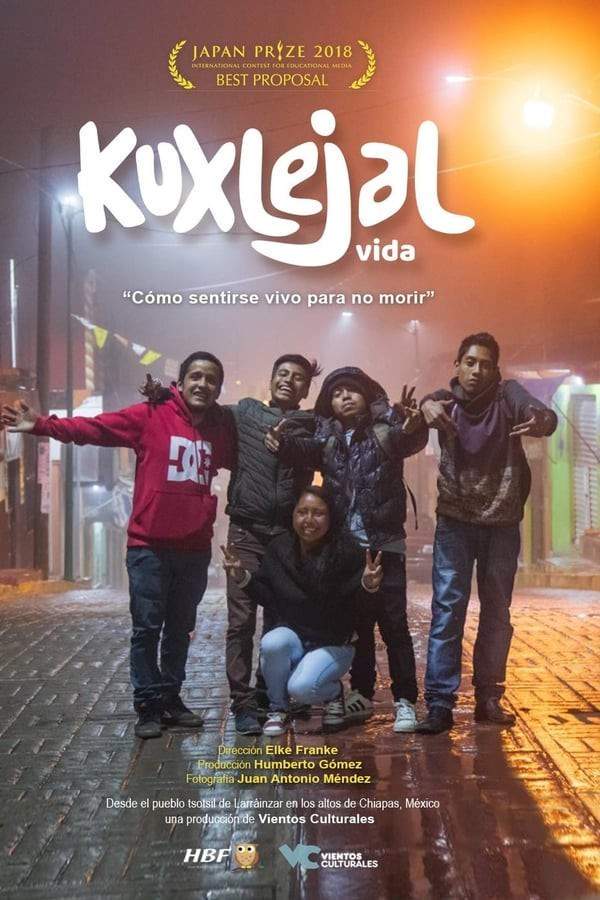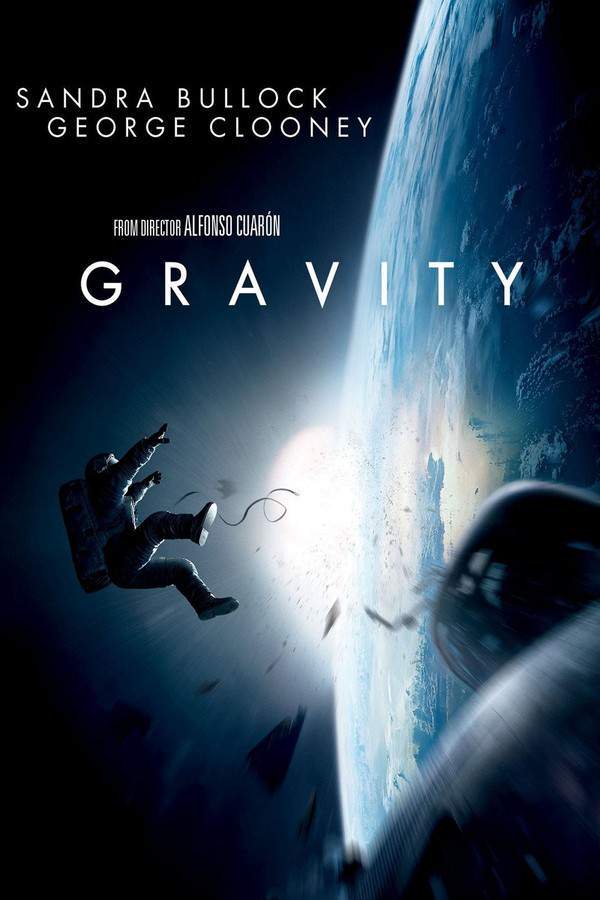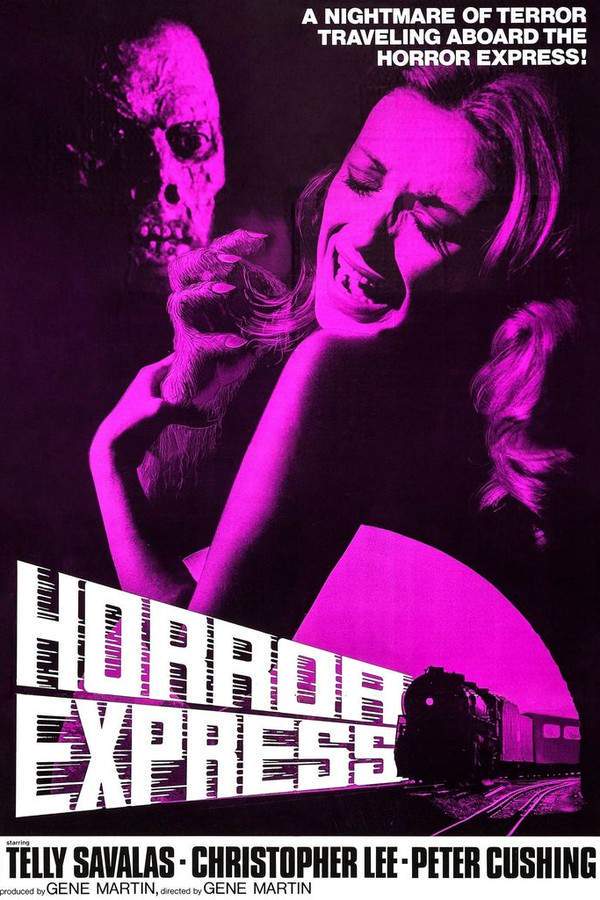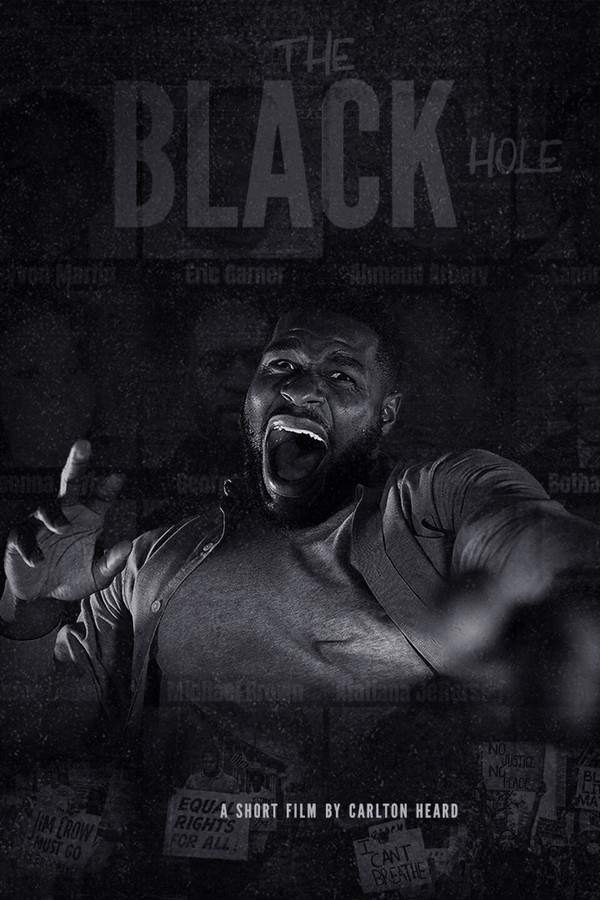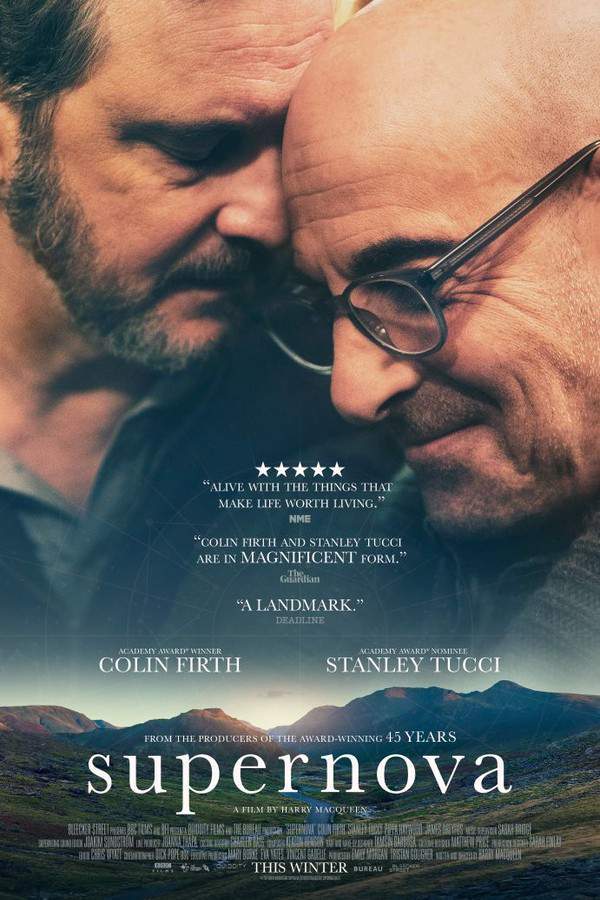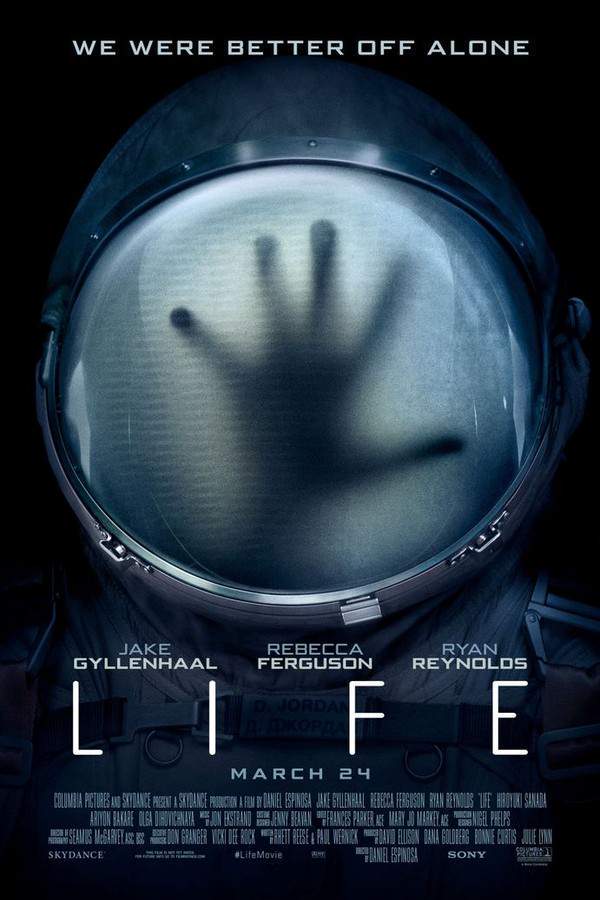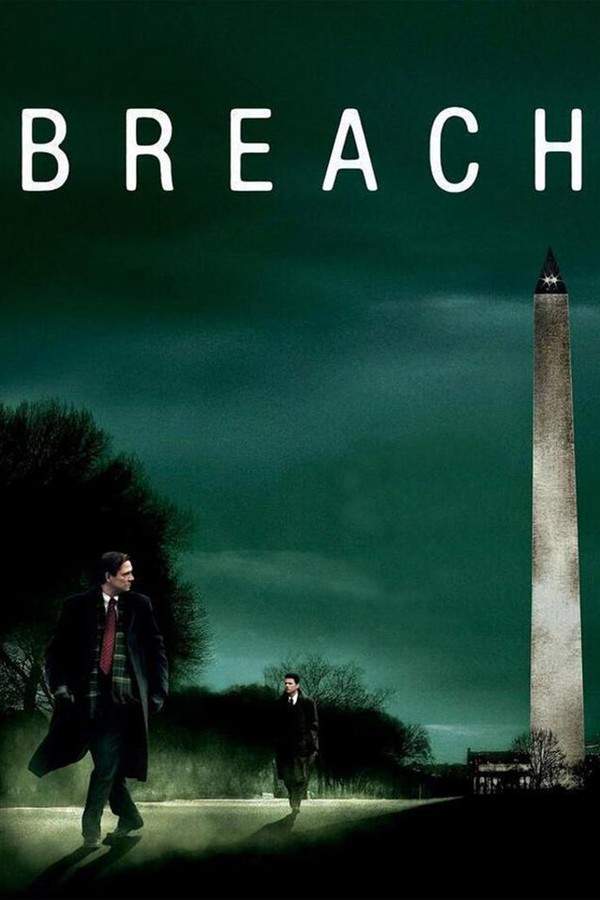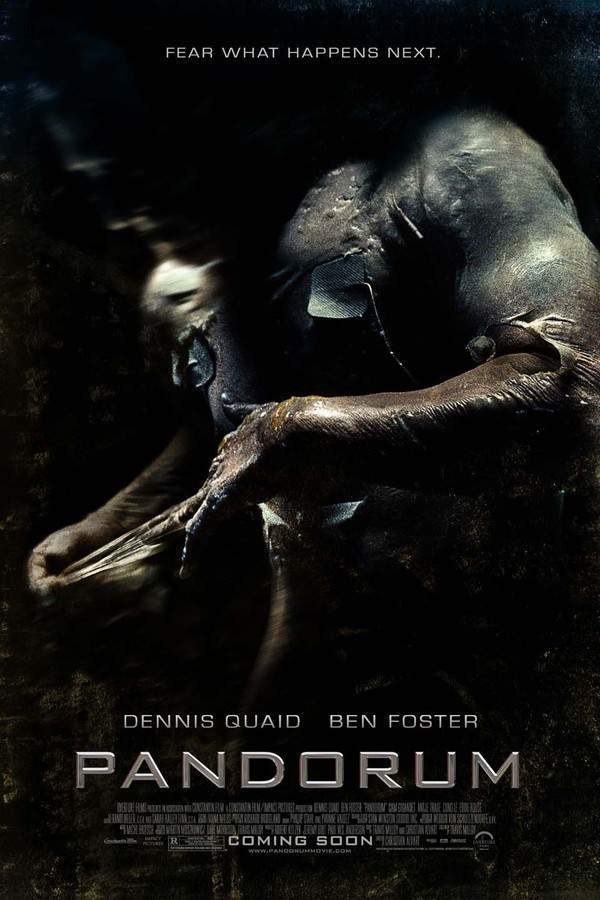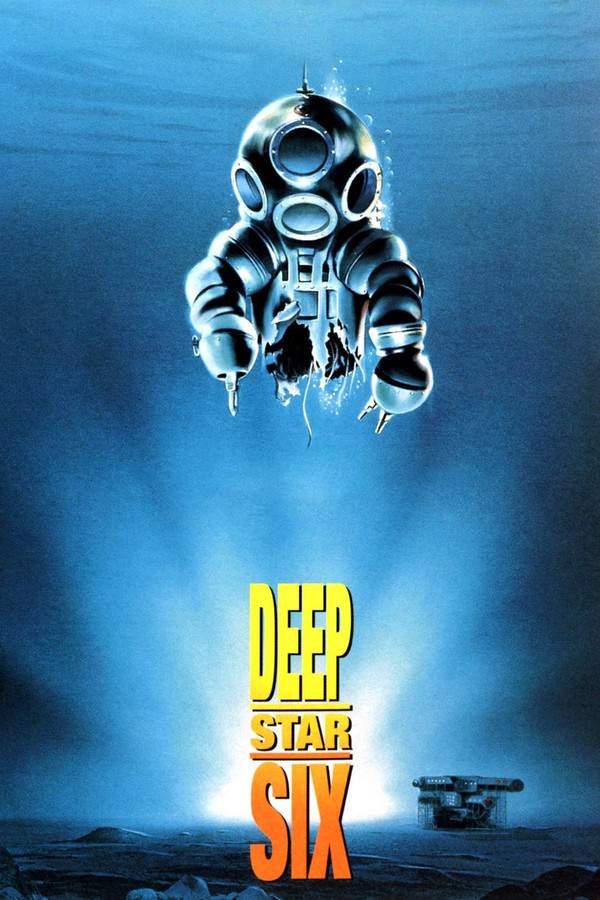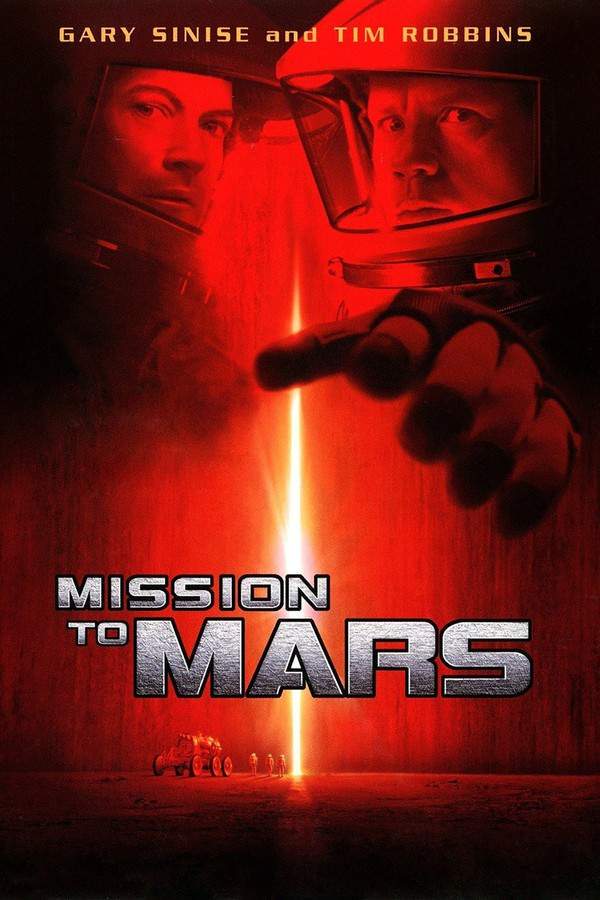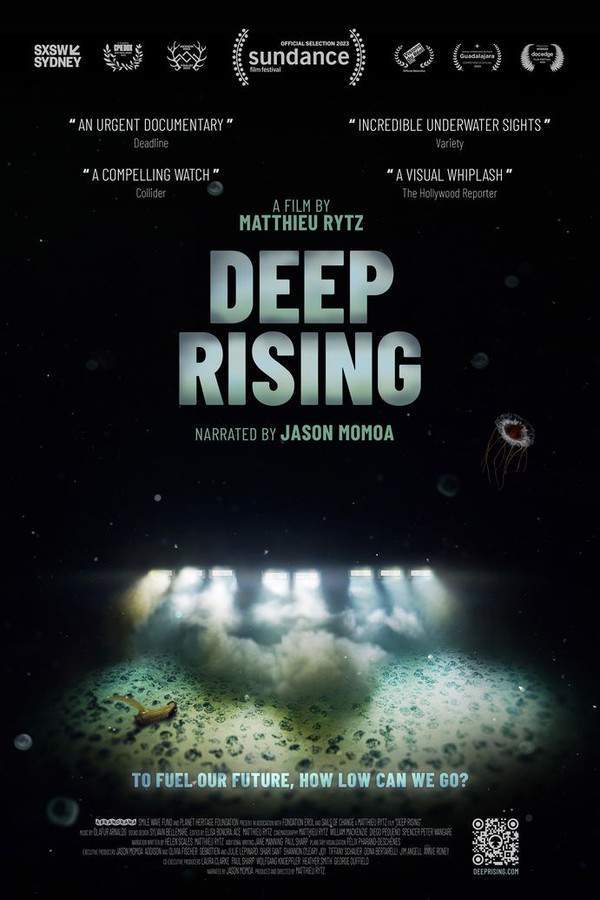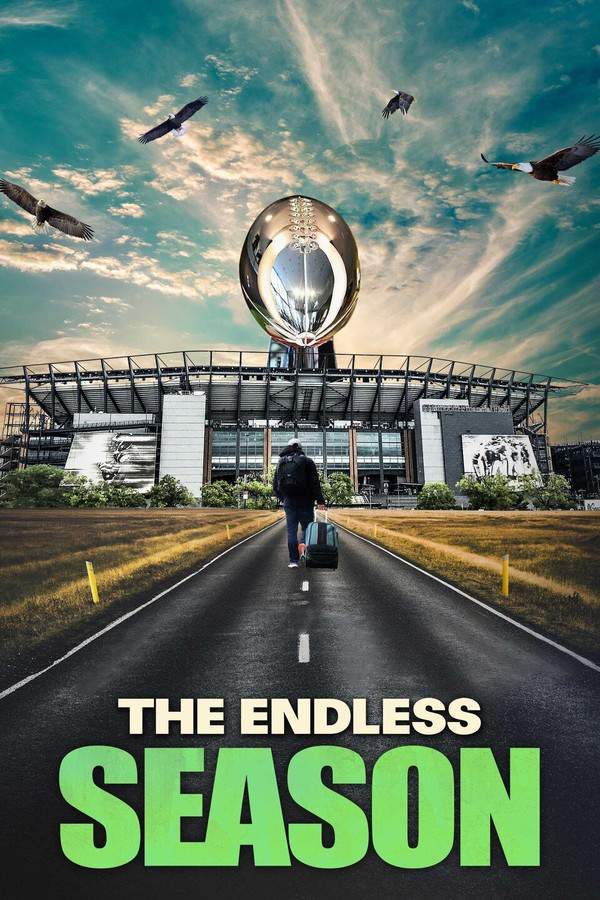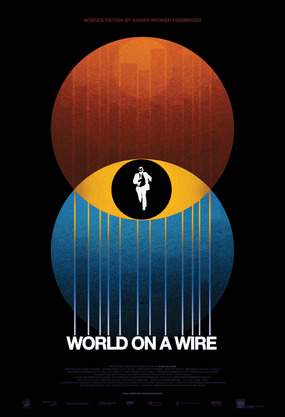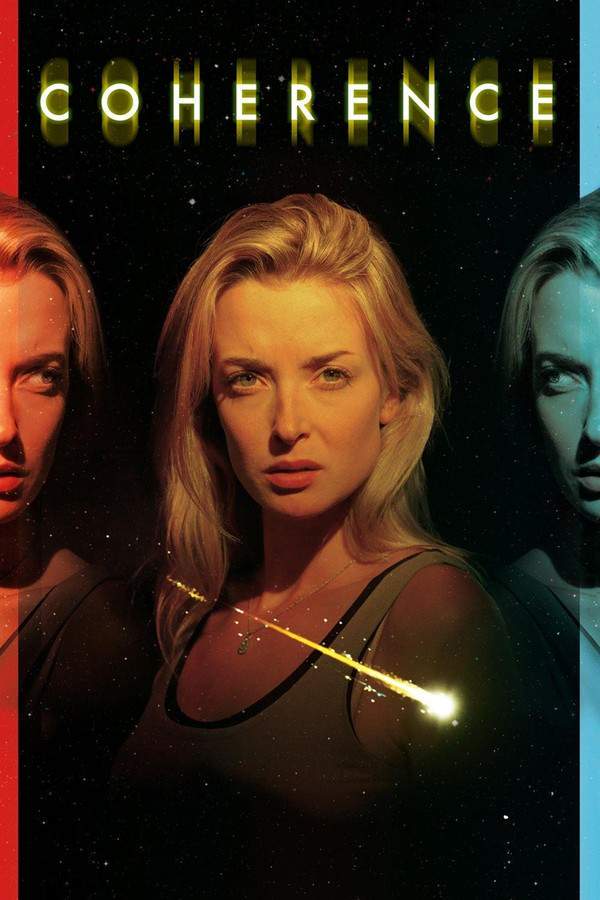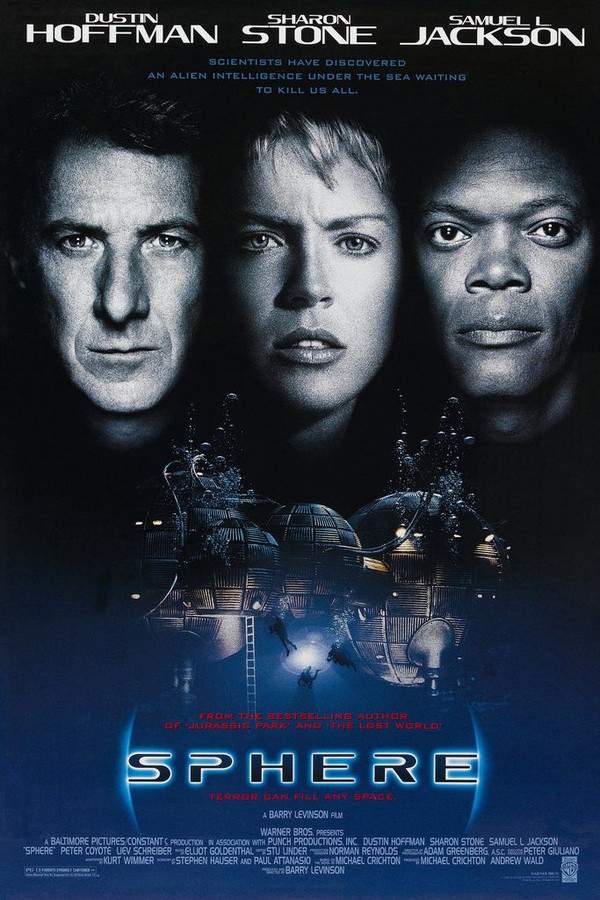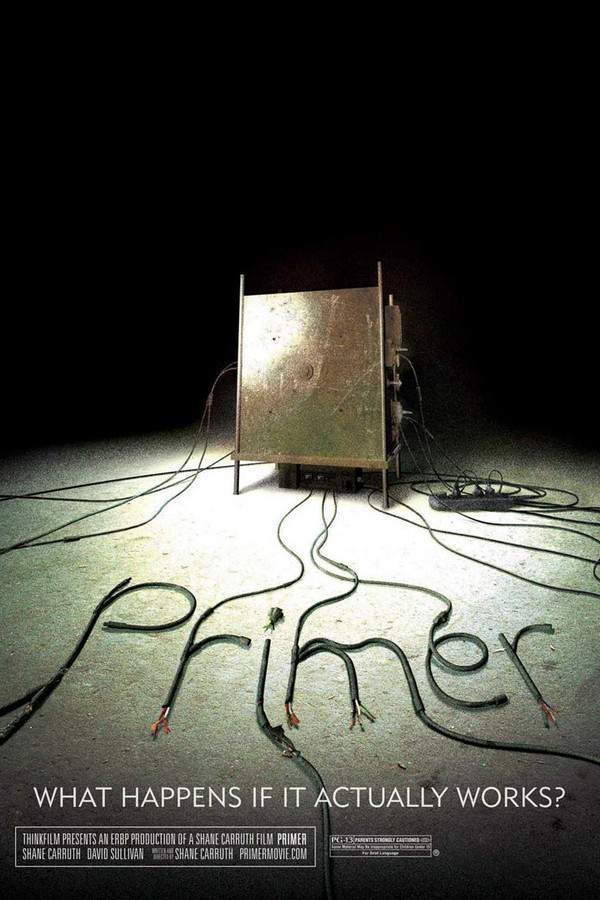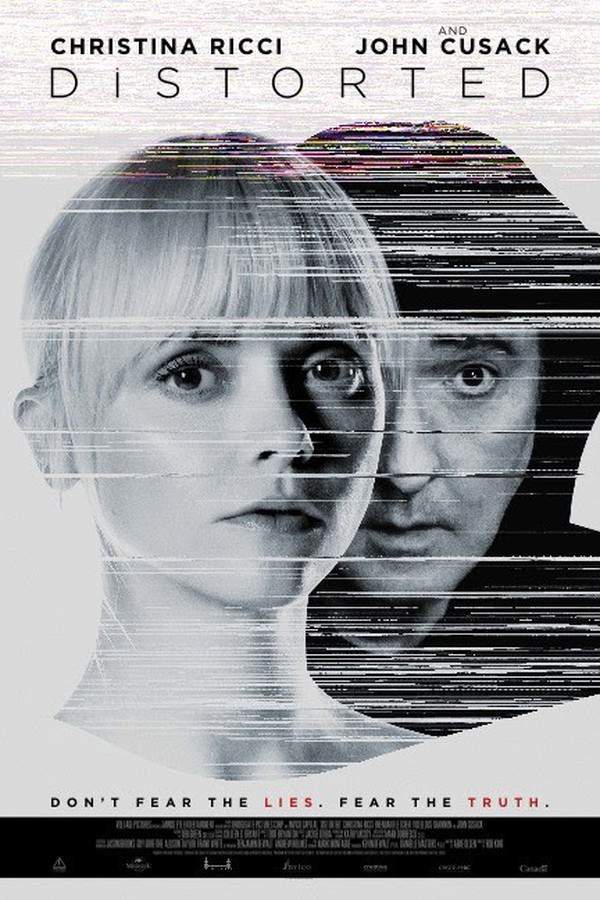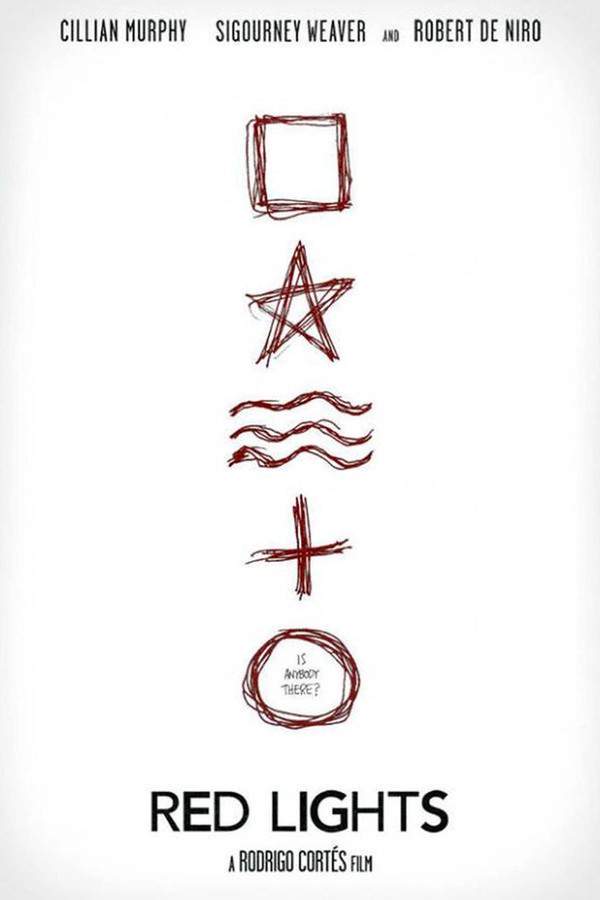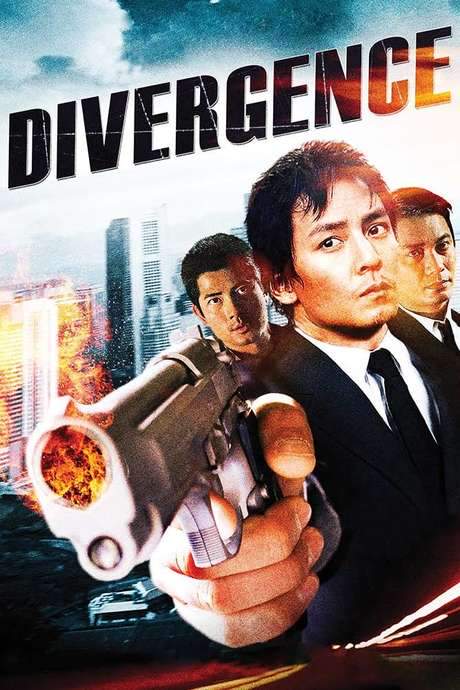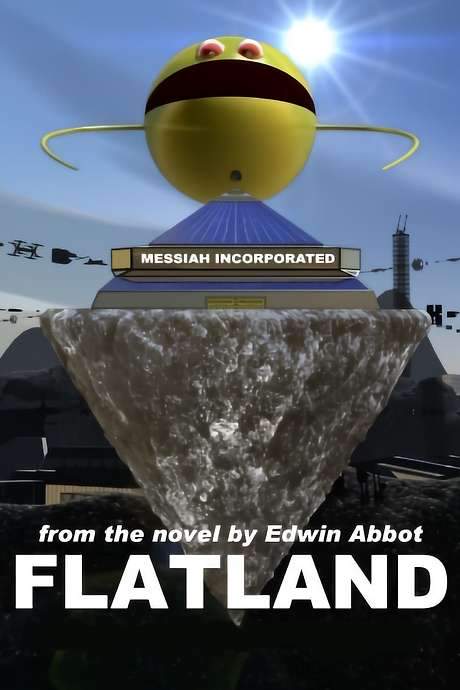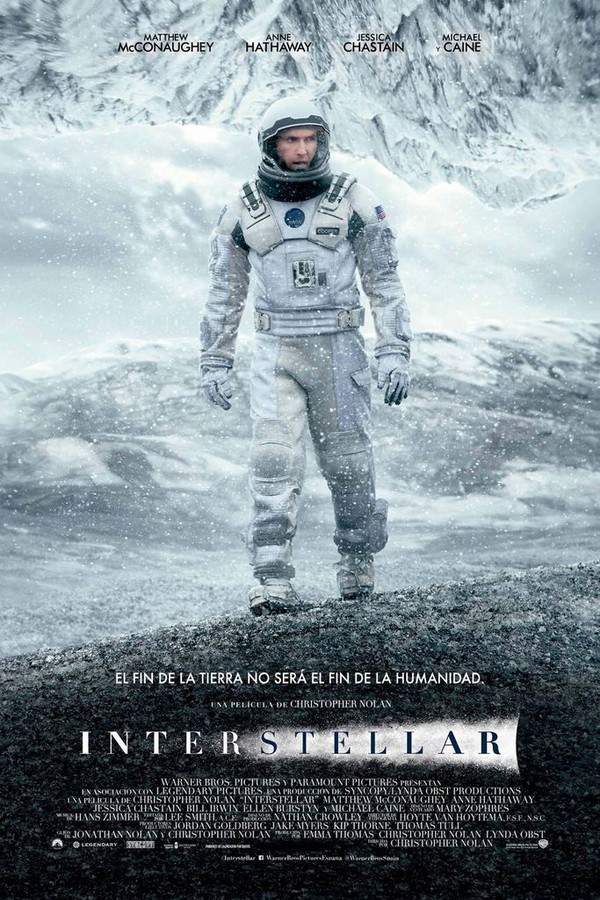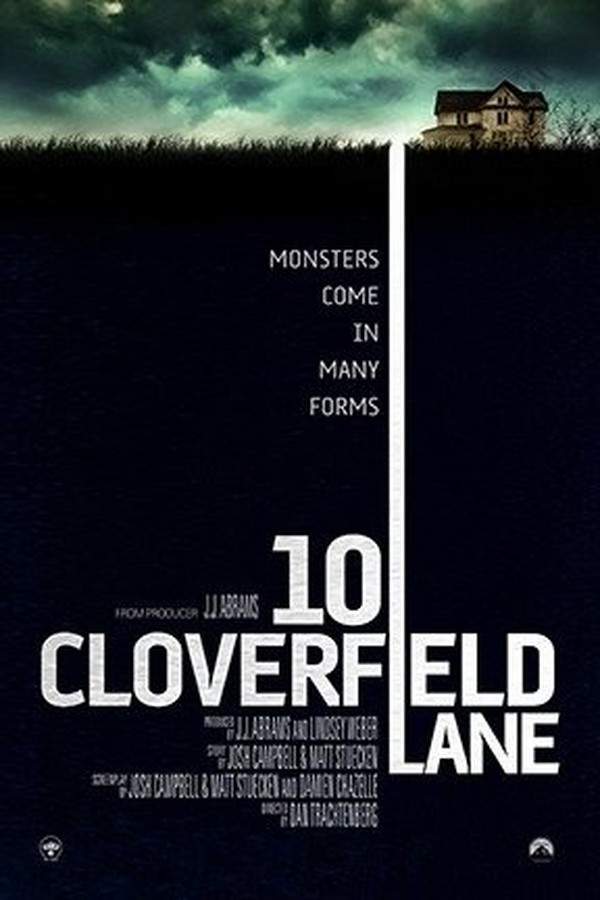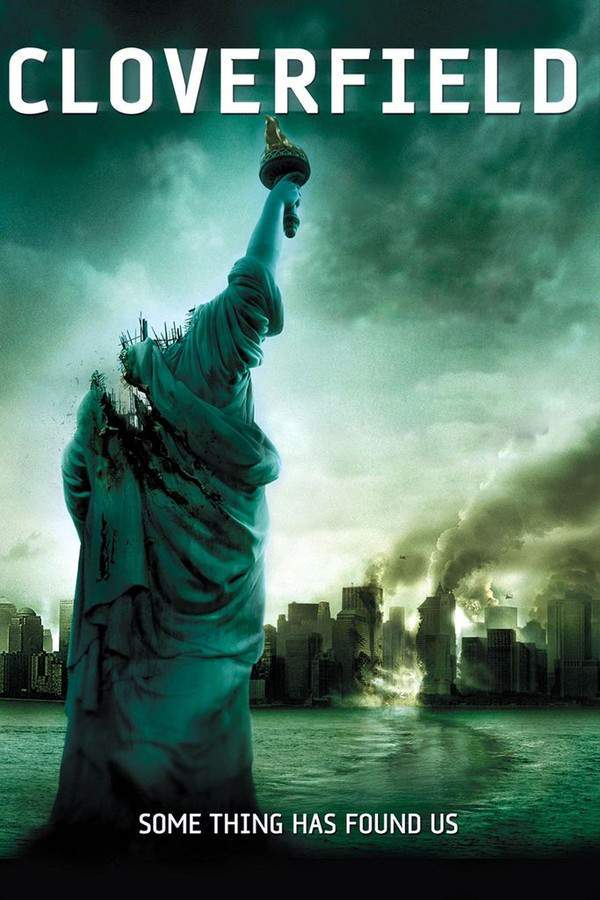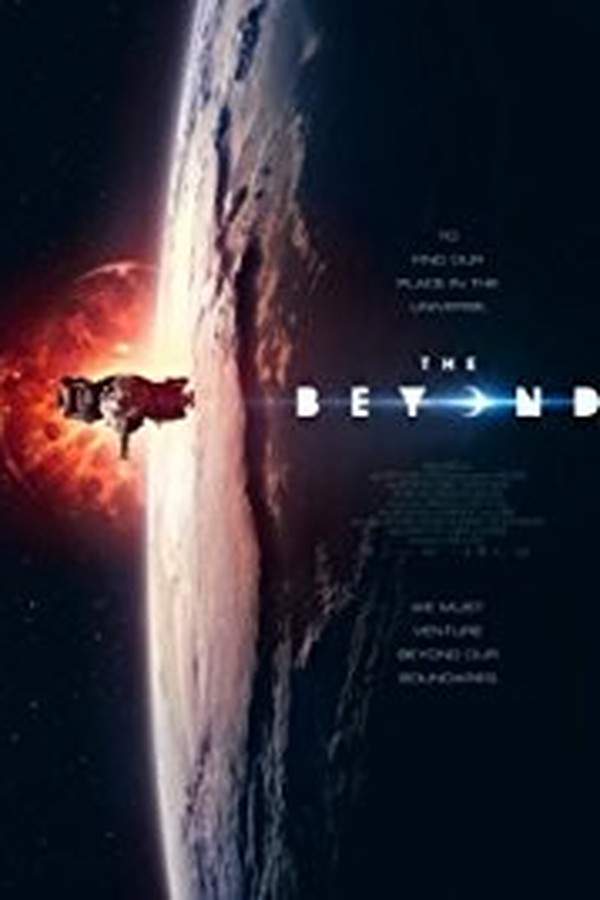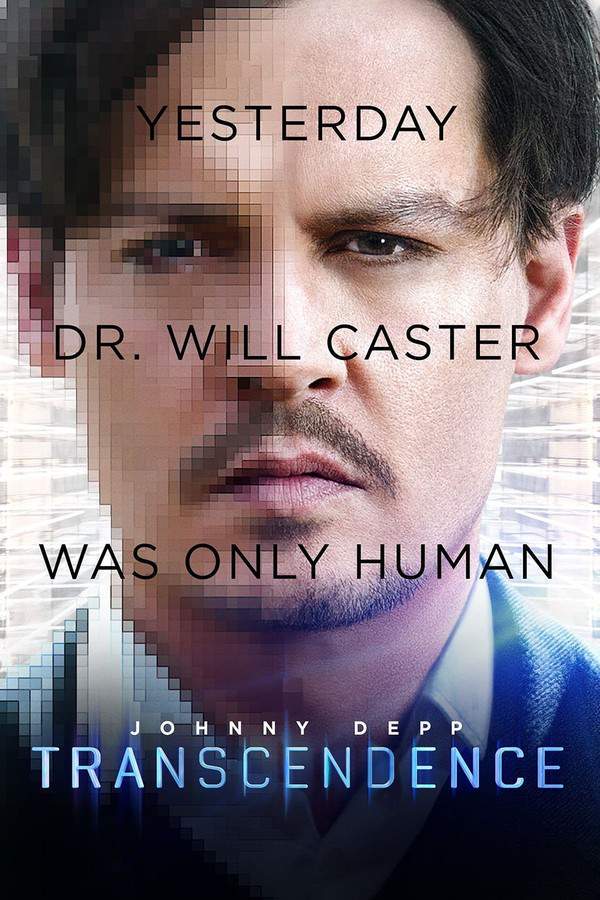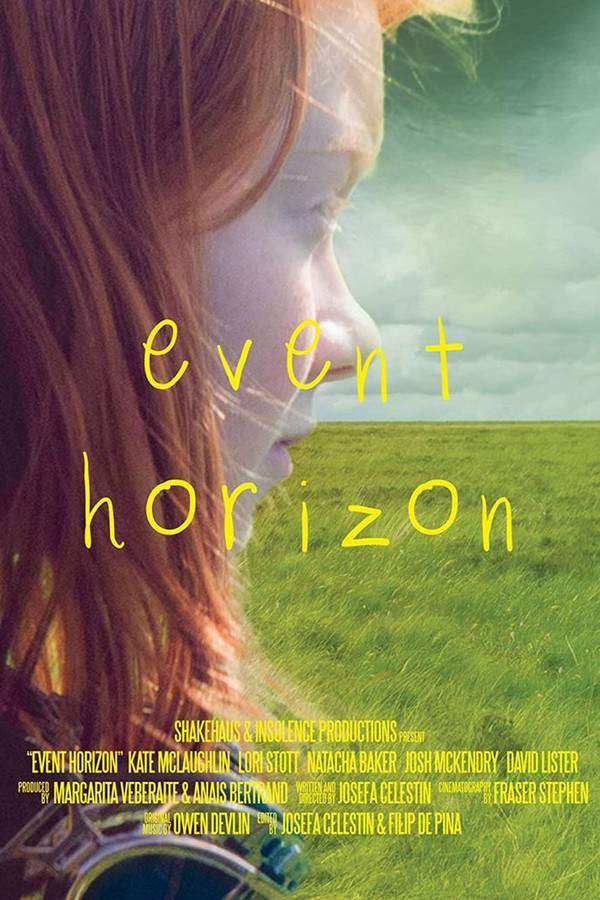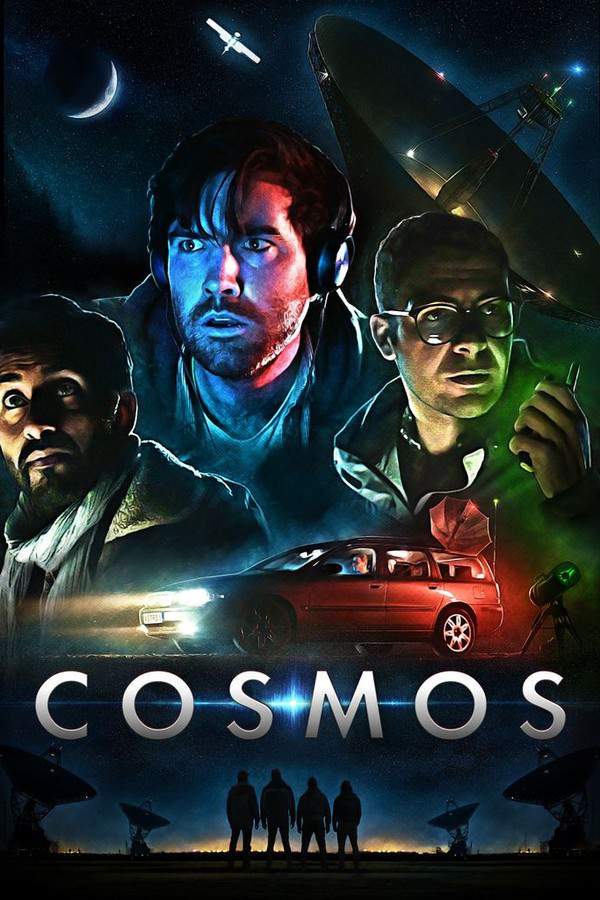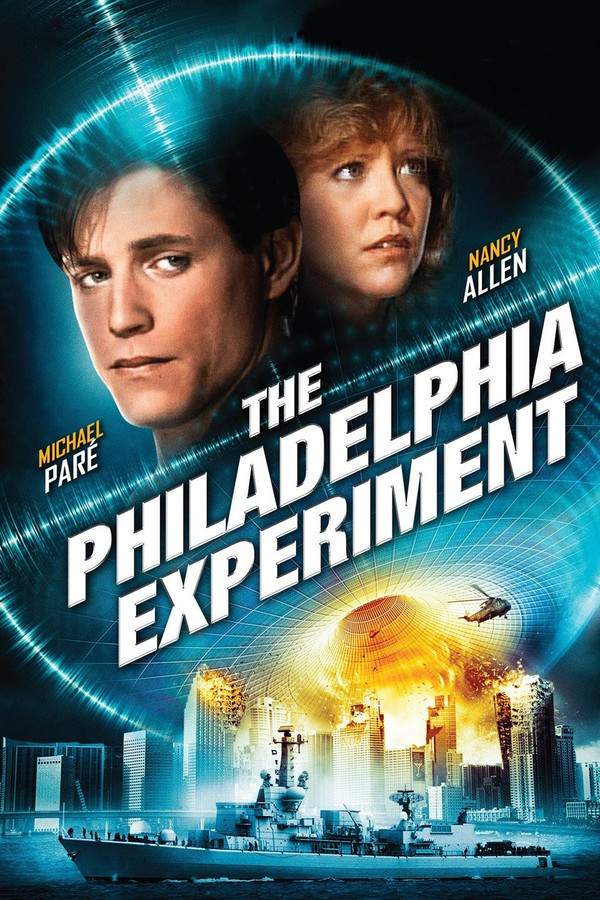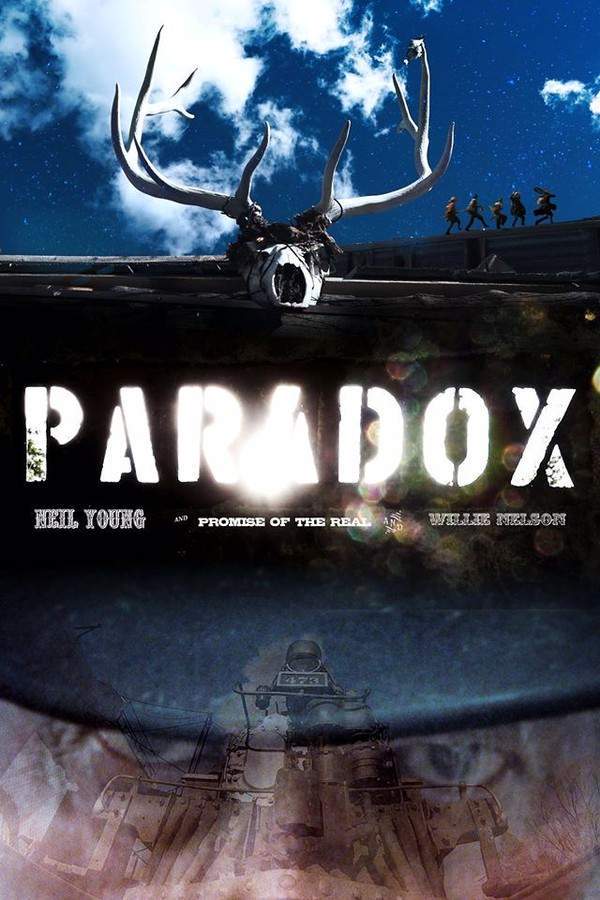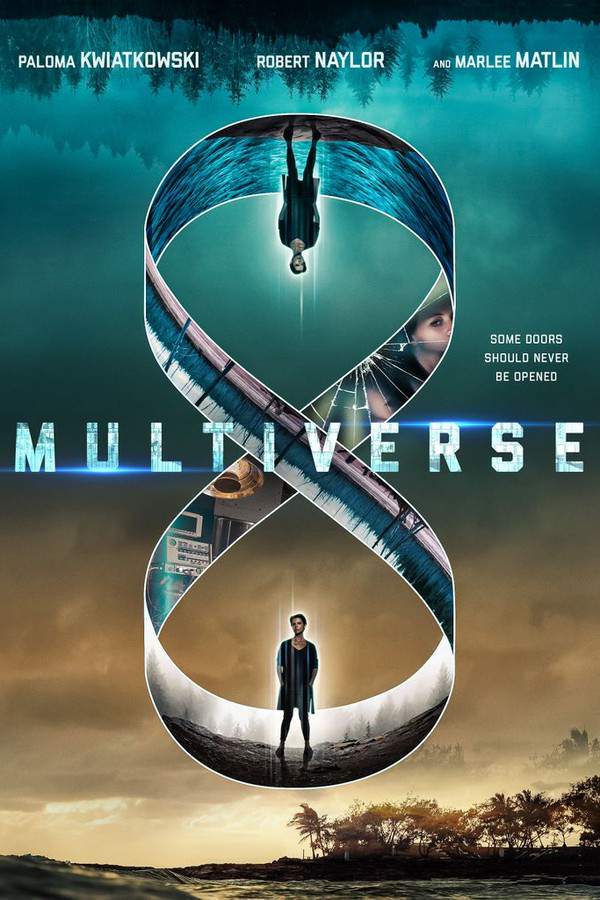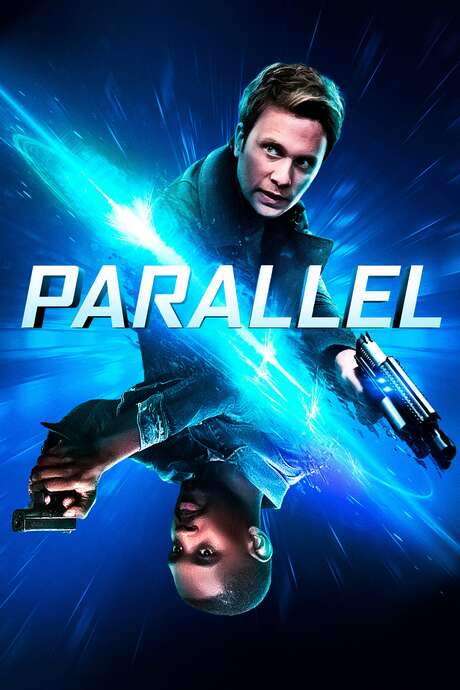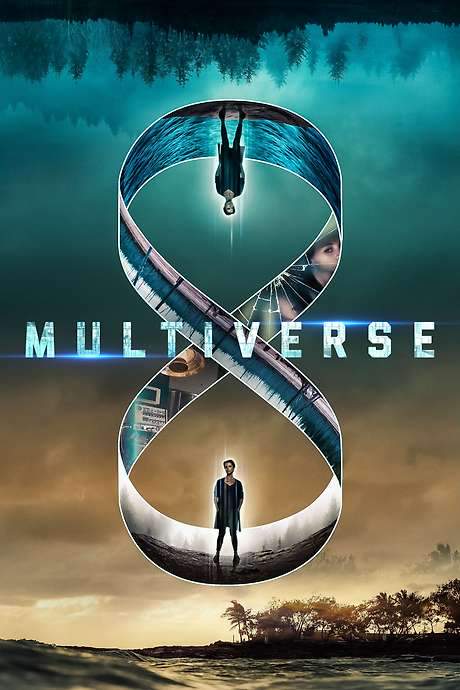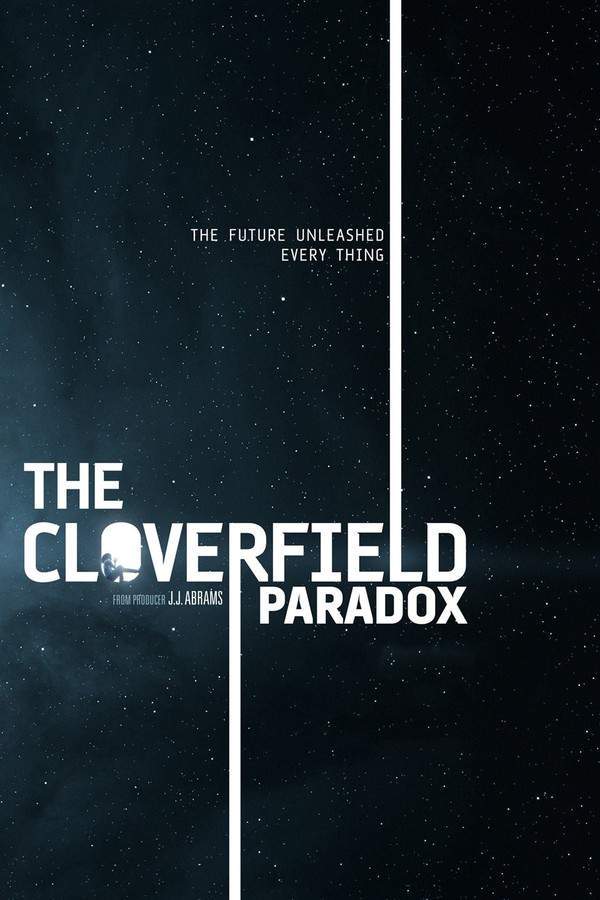
The Cloverfield Paradox
A team of scientists aboard a space station conduct a risky experiment to solve Earth's energy crisis. Suddenly, Earth vanishes, and the crew finds themselves adrift in deep space, witnessing unsettling events. The appearance of an unexpected shuttle complicates matters, forcing them to question whether these newcomers are saviors or a threat connected to the experiment that has stranded them. They must work together to understand what happened and find a way back home.
Warning: spoilers below!
Haven’t seen The Cloverfield Paradox yet? This summary contains major spoilers. Bookmark the page, watch the movie, and come back for the full breakdown. If you're ready, scroll on and relive the story!
The Cloverfield Paradox (2018) – Full Plot Summary & Ending Explained
Read the complete plot breakdown of The Cloverfield Paradox (2018), including all key story events, major twists, and the ending explained in detail. Discover what really happened—and what it all means.
In 2028, the planet is gripped by a severe global energy crisis, pushing the world’s space agencies to put the Shepard particle accelerator to the test aboard the orbiting Cloverfield Station. This innovative technology promises an unlimited energy source for Earth; however, conspiracy theorists raise alarms about the possibility of triggering the ominous Cloverfield Paradox, which could open dangerous portals to parallel universes filled with unspeakable horrors.
Among the assembled crew is Ava Hamilton, portrayed by Gugu Mbatha-Raw, a British engineer burdened by the thought of being separated from her husband, Michael (Roger Davies), for an extended period due to their family tragedies, particularly the devastating loss of their children in a house fire. Other team members include American commander Kiel (David Oyelowo), German physicist Ernst Schmidt (Daniel Brühl), Brazilian medical doctor Monk Acosta (John Ortiz), Irish engineer Mundy (Chris O’Dowd), Russian engineer Volkov (Aksel Hennie), and Chinese engineer Tam (Ziyi Zhang).
Tension escalates aboard the station when Volkov accuses Schmidt of sabotaging their efforts as he grapples with the reality that Russia is suffering in the energy crisis while Germany prepares for invasion. After nearly two years of persistent failure, the crew finally manages to activate the Shepard, but the excitement quickly turns to chaos as it leads to an incredible overload that causes a power surge, abruptly taking Earth from their view and leaving them disoriented.
In the process of restoring basic power, they stumble upon a mysterious woman named Mina Jensen, played by Elizabeth Debicki, who is found melded into the wall within the station. Amid eerie occurrences, Volkov experiences a strange transformation, conversing with his own reflection and succumbing to a series of disturbing visions, culminating in his death after losing control while brandishing a home-crafted weapon against his crew. The invaluable warning from Jensen arouses suspicion about Schmidt, who is eventually revealed as a spy intent on shutting down the Shepard.
As bizarre incidents continue to plague the crew, including Mundy losing his arm to a solid wall, they uncover the written command from the detached limb, which leads them to retrieve the missing gyroscope after they cut open Volkov. Realizing their communications with Earth have been disrupted with a message reporting the station’s destruction two days earlier, they confront the reality of their new situation: they activated the Cloverfield Paradox and shifted into a perilous parallel universe.
In this new reality, Hamilton discovers that her children are alive on this alternative Earth, while the crew’s mission has become one of survival. In a harrowing series of events, tragedy strikes as Tam meets her end in a flooded chamber, leaving the crew with no choice but to enlist Jensen as the engineer for their mission to attempt reactivation of the Shepard.
Meanwhile, Michael awakens to a horrifying reality back on Earth, where he witnesses a monster wreaking havoc as he tries to aid the injured. Chaos unfolds as Kiel sacrifices his life to save the station, thrusting Hamilton into a leadership role. As the crew strives for a final attempt to reactivate Shepard, the circumstances become increasingly desperate, culminating in Jensen engaging in a deadly confrontation with Hamilton.
A fierce struggle breaks out, and ultimately, Hamilton ejects Jensen into the void of space to prevent her nefarious plans, before successfully orchestrating a return to their original universe with Schmidt. Making a poignant recording for her alternate self, she emphasizes the significance of family and the journey they must undertake to restore normalcy. As Michael receives news of their reappearance, its sudden turn of events gives rise to suspense when a monstrous figure appears in the skies above, heralding another wave of uncertainty as they attempt to navigate the chaos of their intertwined fates.
Last Updated: November 03, 2024 at 22:39
Ending Explained – What Happens at the End of The Cloverfield Paradox?
Still wondering what the ending of The Cloverfield Paradox (2018) really means? Here’s a spoiler-heavy breakdown of the final scene, major twists, and the deeper themes that shape the film’s conclusion.
*The climax of “The Cloverfield Paradox” reveals a shocking twist that ties the film’s multiverse concept into the broader franchise. After the crew of the Cloverfield Station manages to return to Earth following their experiment in an alternate dimension, it becomes clear that something horrific is happening back home. As their escape pod emerges from the clouds, a massive creature—an enormous version of the original Cloverfield monster—rises from the planet’s surface, releasing a thunderous roar. This indicates that, through the experiment and the dimensional rift, monsters and chaos have crossed into the real world, unleashing a terrifying invasion on Earth.
The film also offers a deeper understanding of the monster’s origins. It suggests that these creatures are not merely extraterrestrial but are connected to the multidimensional rifts caused by energy experiments like the Shepard project. The true horror is that our reality isn’t isolated; it’s constantly bleeding into other dimensions, which allows monsters from the multiverse to spill over into our world. This explains the glimpses of the monster in previous films and hints that the big monsters are, in fact, not fully grown yet—they’re just the “babies,” with even larger, more terrifying versions likely lurking elsewhere.
Importantly, the film’s ending links back to the franchise’s recurring themes of corporate greed and the perils of unchecked scientific experimentation. The catastrophe on Earth — the monsters rampaging across continents — underscores the consequences of pushing the boundaries of technology. The movie’s story suggests that the multiverse impacts aren’t confined to fictional sci-fi but are rooted in real fears about how powerful experiments can destabilize the fabric of reality itself. Ultimately, the ending leaves viewers with a haunting image of an Earth overrun by monstrous beings, raising questions about what future threats might come from these interdimensional breaches and how the series might continue to explore the interconnected chaos of alternate realities.*
Last Updated: June 25, 2025 at 08:59
Explore Movie Threads
Discover curated groups of movies connected by mood, themes, and story style. Browse collections built around emotion, atmosphere, and narrative focus to easily find films that match what you feel like watching right now.
Claustrophobic Space Survival Movies like The Cloverfield Paradox
Stranded crews facing cosmic horror and psychological collapse.If you liked the high-stakes, paranoid atmosphere of The Cloverfield Paradox, explore more movies about crews stranded in space. These similar sci-fi thrillers and horror stories focus on survival against cosmic horrors and internal collapse, delivering tense and unsettling experiences.
Narrative Summary
These narratives typically begin with a routine mission that is abruptly interrupted by a scientific mishap or external attack. The crew becomes trapped, cut off from help, and must contend with a series of escalating, often bizarre crises. The plot is driven by a combination of external threats and the psychological disintegration of the group, as secrets are revealed and trust erodes.
Why These Movies?
They are grouped by their shared setting of deep space isolation, a fast-paced sequence of dire events, and a heavy, tense tone. The experience is defined by claustrophobic anxiety, the fear of the unknown, and the desperate struggle to maintain sanity and humanity in the face of cosmic indifference.
Reality-Bending Horror Movies like The Cloverfield Paradox
Experiments shatter reality, unleashing existential terror.For viewers who enjoyed the alternate dimension chaos of The Cloverfield Paradox, this list features similar movies about scientific hubris and reality breakdown. These films share a theme of experiments gone terribly wrong, leading to cosmic horror, body horror, and ambiguous, mind-bending endings.
Narrative Summary
The narrative follows a team of experts pushing the boundaries of science, only to lose control of their creation. The central conflict arises from the unraveling of normal reality, manifesting as physical anomalies, doppelgangers, or hostile entities from another plane. The journey is one of understanding the new, terrifying rules of existence while dealing with grief, guilt, and the consequences of playing god.
Why These Movies?
These films are connected by their core theme of scientific overreach leading to cosmic-level consequences. They share a heavy emotional weight, a tense and unsettling tone, and often feature ambiguous endings that leave the full scope of the disaster unanswered. The experience is defined by existential horror and the unsettling feeling that reality itself is fragile.
Unlock the Full Story of The Cloverfield Paradox
Don't stop at just watching — explore The Cloverfield Paradox in full detail. From the complete plot summary and scene-by-scene timeline to character breakdowns, thematic analysis, and a deep dive into the ending — every page helps you truly understand what The Cloverfield Paradox is all about. Plus, discover what's next after the movie.
The Cloverfield Paradox Timeline
Track the full timeline of The Cloverfield Paradox with every major event arranged chronologically. Perfect for decoding non-linear storytelling, flashbacks, or parallel narratives with a clear scene-by-scene breakdown.

Characters, Settings & Themes in The Cloverfield Paradox
Discover the characters, locations, and core themes that shape The Cloverfield Paradox. Get insights into symbolic elements, setting significance, and deeper narrative meaning — ideal for thematic analysis and movie breakdowns.

The Cloverfield Paradox Ending Explained
What really happened at the end of The Cloverfield Paradox? This detailed ending explained page breaks down final scenes, hidden clues, and alternate interpretations with expert analysis and viewer theories.
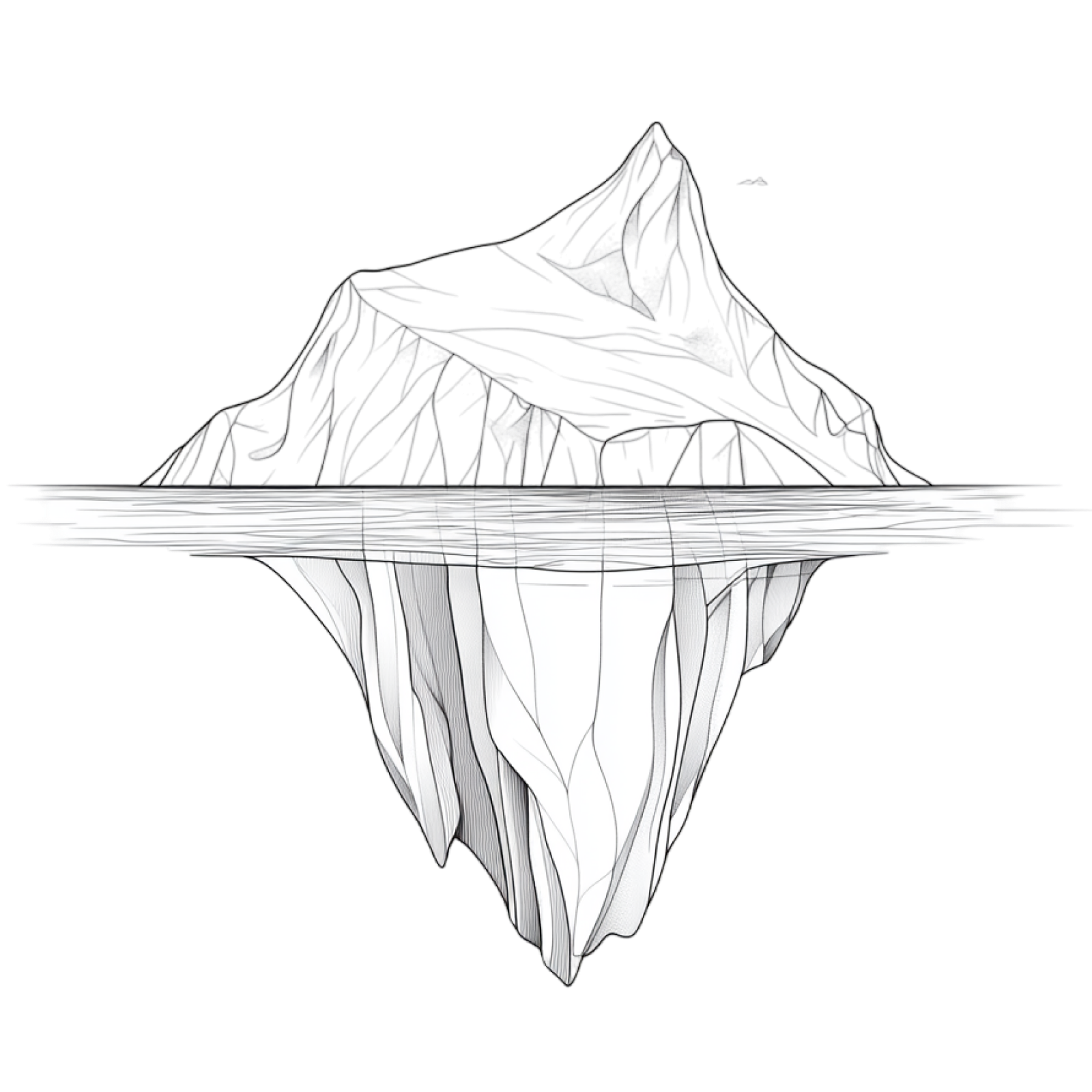
The Cloverfield Paradox Spoiler-Free Summary
Get a quick, spoiler-free overview of The Cloverfield Paradox that covers the main plot points and key details without revealing any major twists or spoilers. Perfect for those who want to know what to expect before diving in.

More About The Cloverfield Paradox
Visit What's After the Movie to explore more about The Cloverfield Paradox: box office results, cast and crew info, production details, post-credit scenes, and external links — all in one place for movie fans and researchers.

Similar Movies to The Cloverfield Paradox
Discover movies like The Cloverfield Paradox that share similar genres, themes, and storytelling elements. Whether you’re drawn to the atmosphere, character arcs, or plot structure, these curated recommendations will help you explore more films you’ll love.
Explore More About Movie The Cloverfield Paradox
The Cloverfield Paradox (2018) Scene-by-Scene Movie Timeline
The Cloverfield Paradox (2018) Movie Characters, Themes & Settings
The Cloverfield Paradox (2018) Ending Explained & Theories
The Cloverfield Paradox (2018) Spoiler-Free Summary & Key Flow
Movies Like The Cloverfield Paradox – Similar Titles You’ll Enjoy
Interstellar (2014) Plot Summary & Ending Explained
10 Cloverfield Lane (2016) Full Summary & Key Details
Cloverfield (2008) Plot Summary & Ending Explained
The Beyond (2018) Full Summary & Key Details
Transcendence (2014) Full Summary & Key Details
The Black Hole (1979) Spoiler-Packed Plot Recap
Event Horizon (1997) Complete Plot Breakdown
Cosmos (2019) Film Overview & Timeline
Pandorum (2009) Story Summary & Characters
The Philadelphia Experiment (1984) Detailed Story Recap
Paradox (2016) Movie Recap & Themes
Multiverse (2021) Detailed Story Recap
Parallel (2018) Full Summary & Key Details
Multiverse (2019) Spoiler-Packed Plot Recap
The Triangle (1000) Ending Explained & Film Insights

